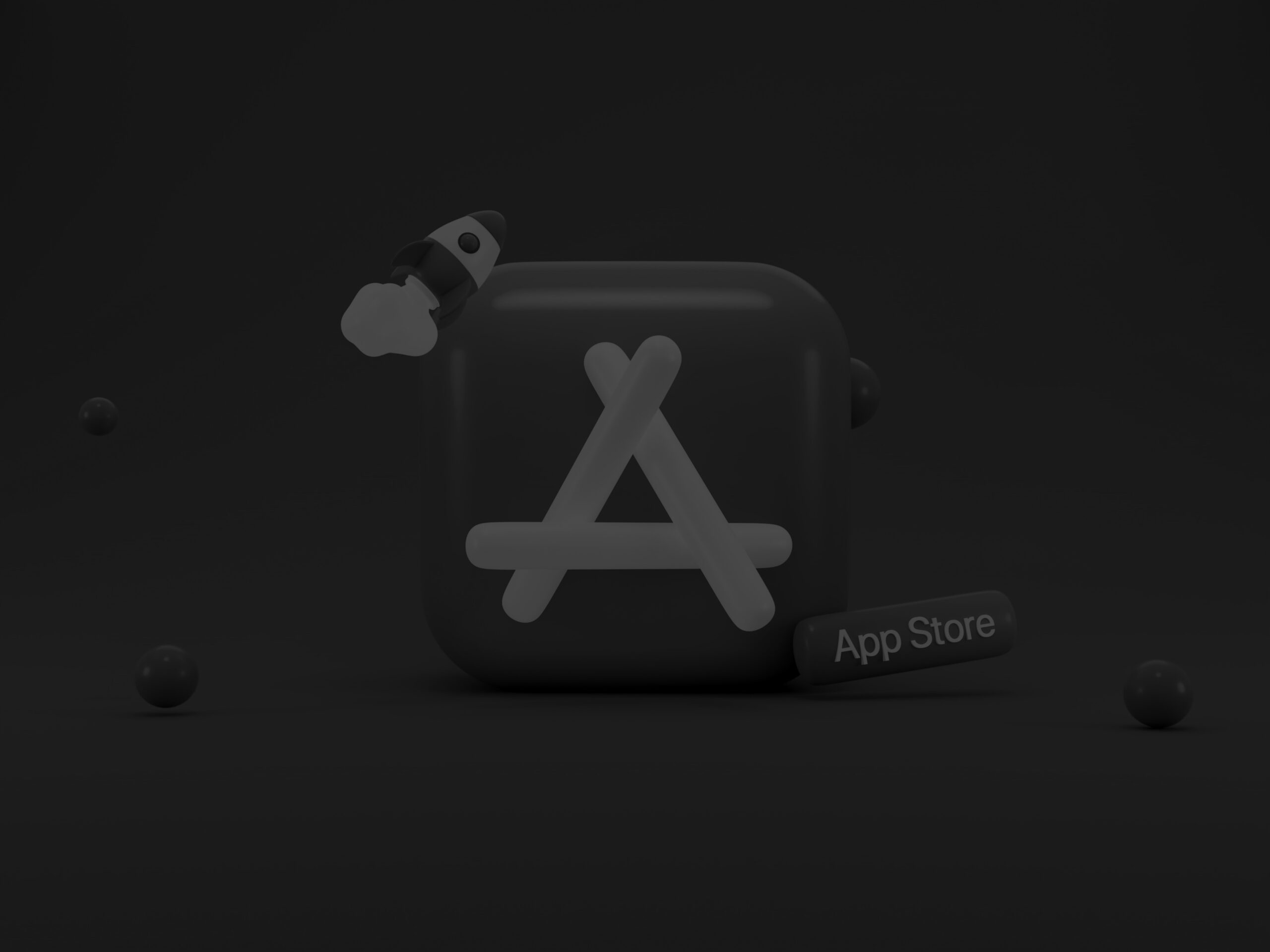Finance has moved to the pocket: what began as a complement to desktop banking has evolved into a fully mobile ecosystem where users expect instant access, smooth onboarding, and secure transactions wherever they are. For fintech companies, mobile development is no longer a channel decision, it defines the product itself. Whether it’s a digital bank, payment app, or investment platform, the experience on mobile is where loyalty is built or lost.
The pace of adoption underscores this shift. Over the past decade, mobile phones have become the default gateway to financial inclusion, especially in emerging markets. Global data from the World Bank’s Global Findex 2025 shows that mobile connectivity and financial participation are advancing hand in hand.

In low- and middle-income economies, account ownership has grown by 33 percentage points since 2011, reaching 75% of adults by 2025. Mobile access has become the main entry point to financial services, linking billions of people to savings, payments, and credit through their devices. Fintech’s growth now builds directly on that foundation. With 86 percent of adults owning a mobile phone and 79 percent holding a financial account, the potential is already there — success depends on how well mobile products turn access into engagement.
This article explores how that shift plays out in practice: where mobile technology creates the most impact across key fintech domains, what defines a strong development process in this space, and how choosing the right technical partner can turn a mobile-first product into a market leader.
Fintech Domains Where Mobile Matters Most
Fintech is not a single product category, it’s a network of industries reshaped by code, connectivity, and trust. Yet across this landscape, one pattern is constant: the future of every major vertical now runs through mobile. Each domain carries its own challenges for developers, but all share the same goal: turning complex financial operations into seamless, everyday interactions.
Digital Banking and Neobanks
For digital banks, the app is the institution. Every account opening, transfer, or investment occurs inside a mobile interface designed to feel effortless yet compliant with strict regulations. Success in this space depends on balancing aesthetic clarity with invisible security: real-time encryption, biometric authentication, and instant KYC verification that never interrupts the user’s flow.
According to Business of Apps, mobile banking adoption and neobank revenues have continued to climb through 2025, confirming that customer trust and growth now depend on how well fintech products perform on smartphones.
Mobile banking also sets the benchmark for reliability: downtime or lag translates directly into loss of trust, making performance engineering as vital as UI design.
Payments and Digital Wallets
Payments are fintech’s front line, where milliseconds define the experience. Wallets and transfer apps must handle thousands of concurrent requests while keeping transaction costs minimal. For developers, this means building lightweight architectures optimized for speed, offline capability, and global scalability.
The complexity lies beneath the simplicity: integrating APIs from banks, card networks, and identity providers without slowing transactions. As mobile payments expand across continents, localization, currency conversion, and compliance with cross-border regulations become core development priorities.
Lending and BNPL Platforms
Mobile lending applications have democratized credit access, turning underwriting and approval into near-instant processes. But behind that convenience lies heavy data work: risk models running on device-side data, encrypted storage of financial histories, and integration with credit bureaus or alternative scoring engines.
Building such systems for mobile requires precision: they must process sensitive information within privacy limits, ensure transparency in repayment workflows, and operate smoothly even on lower-end devices common in emerging markets.
Wealth, Investment, and Trading Apps
Investment no longer starts on the trading floor; it starts on the phone. Retail investors expect real-time charts, one-click trading, and predictive analytics within interfaces that remain comprehensible. Developers must manage high data velocity while avoiding interface overload, using progressive disclosure, caching, and intelligent notifications to keep users informed without overwhelming them.
These apps also illustrate how design and technology intersect: responsive dashboards, algorithmic recommendations, and AI-powered assistants all rely on tightly coordinated backend performance and mobile UX design.
Insurance and Beyond
InsurTech and RegTech solutions show how mobile extends fintech’s edge into new territories. Claims, verification, and compliance, once handled through paperwork, now occur through camera uploads, document scanning, or biometric validation directly in the app. Each interaction shortens cycles that once took days to minutes.
For developers, these use cases reinforce a single truth: mobile isn’t merely a presentation layer but a functional core, the medium through which regulation, trust, and user convenience converge.
The Mobile Development Process for Fintech
Behind every successful fintech app is a process that blends regulatory precision with creative problem-solving. Unlike most digital products, financial apps must inspire user confidence while satisfying strict oversight. That balance comes from structure, a process that turns compliance into clarity and technology into trust.
- Step 1: Plan with Precision
Every fintech product starts with direction. The planning phase defines what the product must achieve, who it serves, and which regulations shape its limits. Whether building a neobank, a lending app, or a payment platform, teams need early clarity on compliance, user behaviour, and integration scope. This is also where product vision turns into actionable blueprints: user stories, risk maps, and metrics that connect business intent with technical feasibility.
- Step 2: Design for Confidence
Design in fintech is a matter of psychology as much as aesthetics. Each screen must make complex operations feel simple and safe. Prototyping focuses on onboarding flows, verification steps, and transaction clarity — areas where trust is built or broken. Security features like biometrics and encryption indicators are integrated as part of the user journey, not barriers to it. Through iterative design and testing, teams shape an experience that reassures before it impresses.
- Step 3: Develop the Core
Development transforms concept into capability. At this stage, engineers build the backbone that supports payments, data exchange, and compliance automation. Choosing the right framework (native or cross-platform) depends on performance, security, and time-to-market priorities. Fintech apps often hinge on robust API orchestration: payment gateways, credit systems, identity checks. Every connection must be fast, secure, and transparent — the unseen work that makes mobile finance feel effortless.
- Step 4: Test for Integrity
Before release, fintech products face a gauntlet of testing: functional, performance, and compliance. QA teams validate not just how well the app works but whether it works within regulation. Penetration testing, data encryption audits, and high-load simulations ensure resilience. Across all devices, the focus is on consistency: transactions must complete instantly and securely, no matter the user’s network or hardware.
- Step 5: Evolve with Insight
Once in users’ hands, the real work begins. Analytics reveal how people interact with features, what builds trust, and where friction remains. Each update integrates feedback, regulatory change, and performance data. Optimization here means more than bug fixing; it’s how fintech companies stay adaptive in fast-moving markets. The best mobile products evolve continuously, balancing innovation with reliability.
Technical Foundations and the Fintech Tech Stack
What separates fintech from standard mobile development is not only regulation but the depth of its integration. Every component must coexist with banking infrastructure, payment rails, and risk engines. The technology stack determines whether a product scales with confidence or buckles under complexity.

Frontend: Where Trust Meets Interface
User experience in fintech begins at the code level. Native frameworks such as Swift for iOS and Kotlin for Android dominate enterprise-grade projects because they allow fine-grained control over security, biometrics, and performance. At the same time, Flutter and React Native are gaining traction among startups for their ability to deliver consistent cross-platform interfaces quickly. In both cases, the goal is reliability — fast load times, clear transaction feedback, and accessibility that supports every device profile.
Backend: The Engine of Transactions
Behind the interface lies the system that moves money and data. Node.js, Java, and Python remain the core languages powering transaction logic and compliance modules, while Go and Rust are emerging for high-concurrency payment systems. Most fintech platforms run on microservice architectures hosted through AWS, Google Cloud, or Azure. Containerization with Docker and orchestration via Kubernetes makes scaling predictable and secure, allowing frequent updates without risking downtime.
Security: The Non-Negotiable Layer
In fintech, every design decision begins and ends with protection. Data at rest and in motion is encrypted using AES-256 and TLS 1.3, with keys stored in HSMs (Hardware Security Modules). Authentication and payment APIs must comply with standards like PSD2 and Open Banking, ensuring traceable and auditable data exchange. Security logs, intrusion detection, and automated compliance checks run continuously to uphold integrity and user confidence.
Data and Intelligence
Analytics transform fintech from functional to intelligent. Databases such as PostgreSQL, BigQuery, or Snowflake store transactions and behavioural metrics under strict privacy protocols. AI frameworks like TensorFlow and PyTorch now drive fraud detection, credit scoring, and anomaly analysis in real time. These systems demand not only accuracy but accountability: explainable models, bias monitoring, and responsible data governance are what distinguish sustainable fintech innovation from technical experimentation.
The fintech tech stack is ultimately about balance. Each choice, from language to infrastructure, must deliver both performance and compliance, enabling growth without compromising trust. LenGreo helps fintech teams identify the technologies and architecture that fit their goals, ensuring every build is secure, scalable, and ready for real-world financial operations.
Challenges in Fintech Mobile Development
Fintech apps are built in an environment where precision is non-negotiable. Every decision, from interface design to infrastructure, must satisfy three opposing demands at once: user simplicity, regulatory depth, and technical resilience. The challenge is not avoiding these tensions but designing systems that thrive within them.
Security and experience sit at opposite ends of that tension. Users expect instant access and effortless transactions, while financial oversight demands encryption, authentication, and audit trails. The best mobile products make this balance invisible — safety woven so tightly into the experience that users never notice it’s there.
Speed is another constraint. Markets evolve faster than regulation, and releasing updates often means revalidating compliance. Fintech teams manage this through modular architecture and flexible certification models, allowing innovation to continue without breaching the frameworks that protect users and institutions alike.
As platforms scale, complexity grows. Every new integration — payments, identity verification, analytics — adds value but increases the potential for failure. Resilience here is strategic: systems must adapt to change without breaking the flow of money or data.
Why You Need the Right Fintech Mobile Development Partner
Behind every great fintech product is a team that understands both code and capital. Mobile development in finance is a discipline shaped by security, compliance, and trust, and every shortcut comes with a cost. Choosing the right partner means choosing a foundation that can handle regulation as confidently as innovation.
LenGreo works with fintech companies to build products that meet those standards from the start. Our approach combines financial logic, design clarity, and technical precision, ensuring each app performs securely, scales smoothly, and earns user confidence over time. With the right strategy and technology, mobile fintech is not just compliant; it becomes a competitive advantage.










